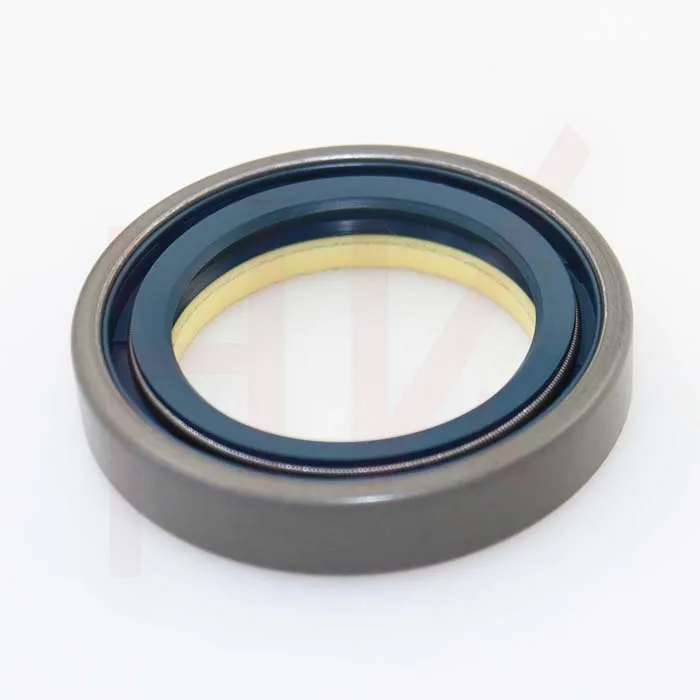Nov . 10, 2024 01:10 Back to list
Hydraulic Cylinder Repair Kit for Engine Hoist Maintenance and Restoration
Rebuilding an Engine Hoist Hydraulic Cylinder A Comprehensive Guide
Engine hoists are invaluable tools in any automotive workshop, simplifying the process of lifting and maneuvering heavy engines. One of the core components of these hoists is the hydraulic cylinder, which converts hydraulic pressure into lifting force. Over time, hydraulic cylinders may wear out or develop leaks, leading to decreased performance. Fortunately, with the right rebuild kit and a little know-how, you can restore your engine hoist to optimal working condition.
Understanding the Hydraulic Cylinder
Before diving into the rebuild process, it’s important to understand how a hydraulic cylinder works. The basic principle involves hydraulic fluid trapped within a cylinder, which creates pressure when the cylinder is activated. This pressure forces a piston to move, lifting heavy objects.
Hydraulic cylinders can experience several issues, such as seal degradation, leaks, or corrosion. A rebuild kit typically includes essential components like seals, O-rings, and sometimes a new piston. Utilizing a rebuild kit allows you to replace worn parts rather than purchasing an entirely new cylinder, saving both money and resources.
What You Need for the Rebuild
Before beginning, gather the necessary tools and materials
1. Rebuild Kit Ensure it’s compatible with your specific hoist model. 2. Wrench Set For removing bolts and components. 3. Screwdriver For accessing smaller parts. 4. Pliers Useful for handling small springs or clips. 5. Cleaning Supplies Such as degreasers and cloths. 6. Hydraulic Fluid To refill the cylinder post-rebuild. 7. Safety Gear Safety glasses and gloves.
Step-by-Step Rebuild Process
1. Preparation Before you start, make sure the hoist is fully released and safe to work on. Disconnect it from any power source, and place it on a sturdy surface.
engine hoist hydraulic cylinder rebuild kit

2. Disassemble the Hydraulic Cylinder Begin by removing the hydraulic lines and any bolts holding the cylinder in place. Gently pull the cylinder from the hoist, taking note of how parts are assembled.
3. Inspect the Components Once disassembled, check all parts for wear or damage. Pay close attention to the seals and piston. If they appear worn out, proceed with the rebuild.
4. Cleaning Thoroughly clean all parts of the hydraulic cylinder. Use a degreaser to remove old hydraulic fluid and grime, ensuring all surfaces are clean for reassembly.
5. Replace Seals Begin installing new seals and O-rings from the rebuild kit. Make sure they fit snugly and are positioned correctly to prevent leaks.
6. Reassemble the Cylinder Carefully reassemble the hydraulic cylinder, following the order in which you disassembled it. Ensure that all parts fit correctly and that bolts are tightened to the manufacturer’s specifications.
7. Refill and Test Once the cylinder is reassembled, refill it with the appropriate hydraulic fluid. Thoroughly check for leaks as you pressurize the cylinder. Operate the hoist to make sure it lifts smoothly.
Maintenance Tips
To prolong the life of your engine hoist’s hydraulic cylinder, regular maintenance is crucial. Keep the cylinder clean and lubricate moving parts as needed. Periodically check for leaks and inspect seals for wear. Operating the hoist within its rated capacity will also prevent unnecessary strain on the hydraulic system.
Conclusion
Rebuilding a hydraulic cylinder can seem daunting, but with the right tools and a quality rebuild kit, it’s a manageable DIY project. Regular maintenance and timely repairs can ensure your engine hoist remains a reliable asset in your garage for years to come. Embrace the challenge, enhance your skills, and enjoy the satisfaction of a job well done!
-
TCN Oil Seal Metal Ring Reinforcement for Heavy Machinery
NewsJul.25,2025
-
Rotary Lip Seal Spring-Loaded Design for High-Speed Applications
NewsJul.25,2025
-
Hydraulic Cylinder Seals Polyurethane Material for High-Impact Jobs
NewsJul.25,2025
-
High Pressure Oil Seal Polyurethane Coating Wear Resistance
NewsJul.25,2025
-
Dust Proof Seal Double Lip Design for Construction Equipment
NewsJul.25,2025
-
Hub Seal Polyurethane Wear Resistance in Agricultural Vehicles
NewsJul.25,2025
-
The Trans-formative Journey of Wheel Hub Oil Seals
NewsJun.06,2025
Products categories
















